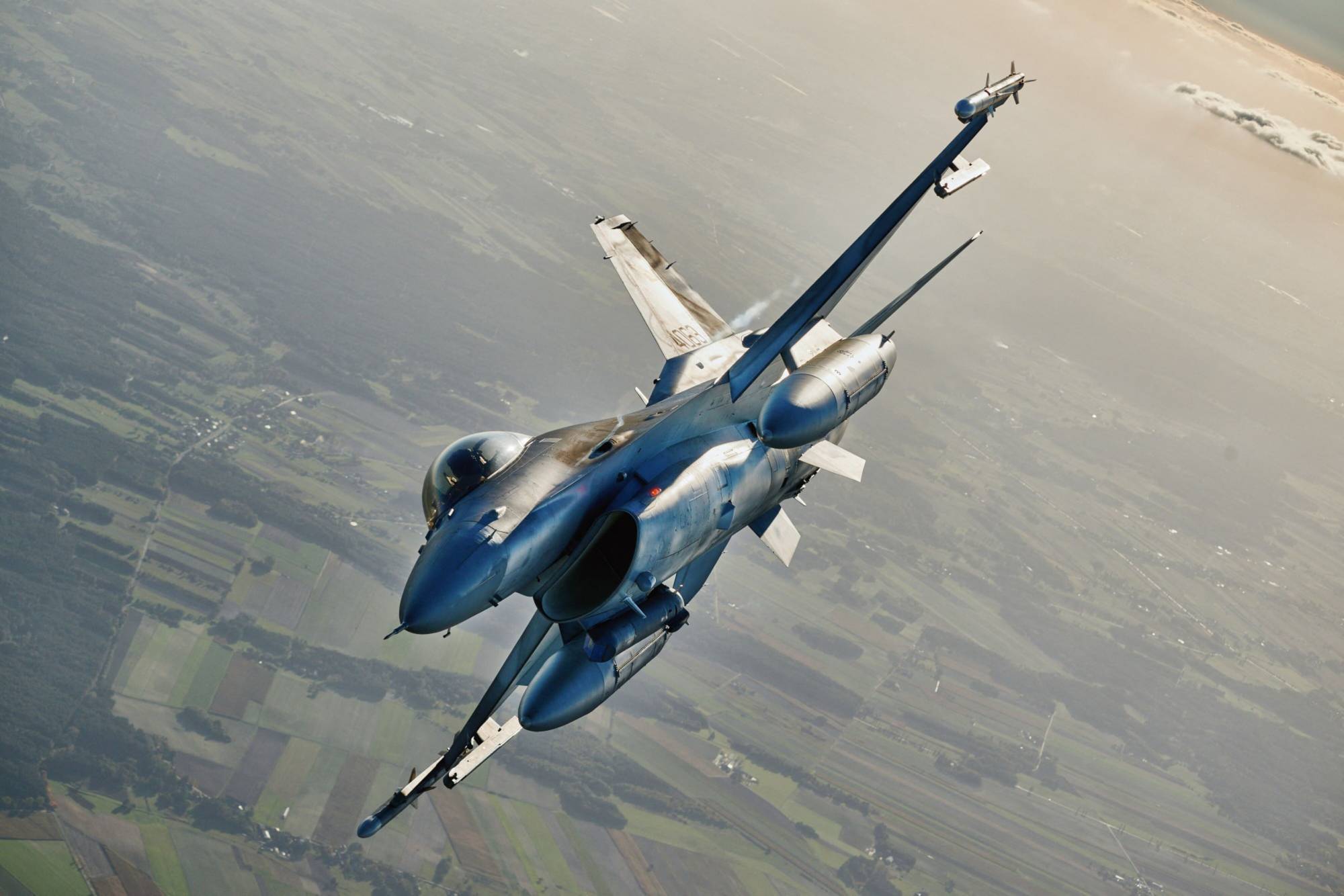Ukraine is unlikely to be able to deploy F-16s against Russia any time soon even as U.S. and European allies begin to thrash out who might be able to supply the fighter jets.
The countries pledging support for Ukraine are prioritizing pilot training, and will have to weigh the costs and any possible security gaps before deciding whether to actually send the aircraft.
Four nations have so far committed to a coalition to help train Ukrainian pilots — the U.K., Denmark, the Netherlands and Belgium.
















With your current subscription plan you can comment on stories. However, before writing your first comment, please create a display name in the Profile section of your subscriber account page.